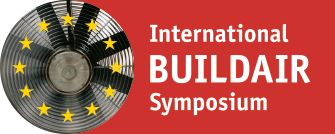Purpose of the work
Based on the results of the FLiB e.V. research project „Evaluation of leakages in airtight layers – Recommendations for action for construction professionals”, testing methods in building practice for the detection, analysis, and evaluation of leakages are put up for discussion.
Method of approach
One of the FLiB working groups has taken on the task of testing different measuring methods under real building conditions. Repeated discussion and communication in the working group has led to turning the results into a checklist/guideline.
Content of the contribution
The presentation will discuss which measuring method is suitable for analyzing a leakage regarding
- its size,
- its position (primary, secondary),
- its categorization (individual or serial leakage), and
- short or long flow paths.
In this context, several methods of analysis like
- temperature measurements at the leakage,
- differential pressure measurements with the leakages open and sealed, and
- estimated airflow measurements are shown.
The position of the leakages on the building envelope as well as other factors serve to categorize leakages with respect to their potential of impact.
In addition, the robustness of the structure is assessed by using a checklist. This requires collecting information as to
- layer design,
- materials,
- degree of airtightness and robustness of external layers, as well as
- the state of the leakage.
The impact potential of a leakage is compared to the structure and its robustness. This is to help clarify whether a leakage may actually cause any damage.
Note
For more information, please contact the reference author at: Walther@e-u-z.de






